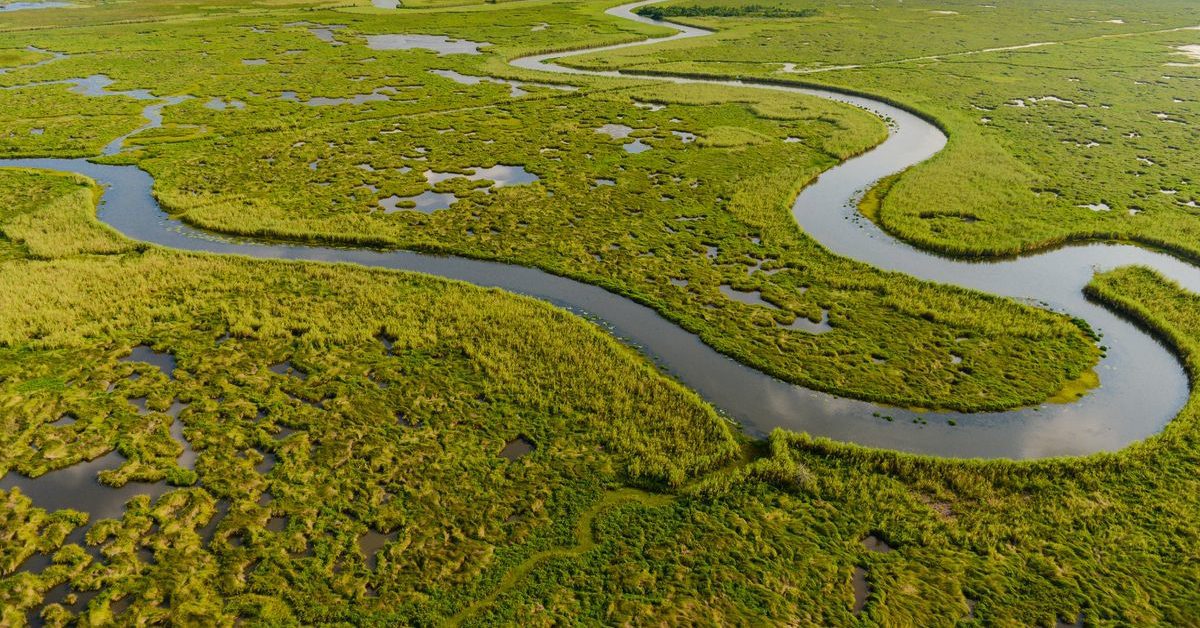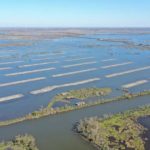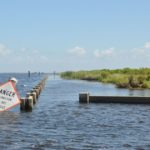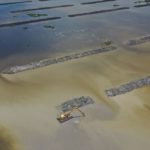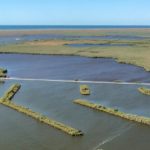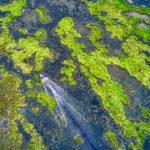The United States is struggling with numerous environmental issues—including air and water pollution, deforestation, loss of biodiversity, and climate change. These issues make safeguarding our environment and resources more important than ever.
One of these vital resources is fresh water. For over four decades, Section 404 of the Clean Water Act (CWA) has been regulating the discharge of pollutants into our nation’s wetlands, rivers, lakes, and streams. These aquatic resources are vital sources of fresh water and form an integral part of our natural environment.
The United States Army Corps of Engineers (USACE) is responsible for enforcing Section 404. This requires agricultural producers and commercial developers to obtain permits for projects that discharge fill or dredge material into the Waters of the United States (WOTUS).
Applicants must demonstrate that the discharge won’t significantly pollute the WOTUS. If negative impacts are inevitable and are projected to exceed permit thresholds, then compensatory mitigation is required. If the discharge is projected to impact a wetland, then wetland mitigation is required.
Through wetland mitigation, the applicant offsets the negative environmental impact by purchasing wetland mitigation bank credits from private or state-sponsored wetland banks. Other options include purchasing in-lieu fee (ILF) credits from third parties and replacing damaged or degraded wetlands with permittee-responsible mitigation.
If you want to learn more about wetland credits, how much they’re worth, as well as the buying and selling process, then continue reading this article.
What are Wetland Credits?
Wetland credits are generated by wetland mitigation banks. These are wetlands that have been preserved, enhanced, restored, or created (PERC) in order to compensate for adverse impacts on similar ecosystems.
Wetland mitigation credits can be sold at a profit to permittees whose obligation to provide compensatory mitigation is transferred to the mitigation bank sponsor. The mitigation bank sponsor is the person or entity that develops wetlands for use in wetland mitigation banking.
The wetland mitigation credits generated by a bank are tied to the amount and quality of habitat that the bank site improves (the bank site is the physical acreage that undergoes PERC). Wetland mitigation credits are determined based on a number of factors, including bank acreage and functional units. Overall, the potential number of credits a bank may earn is dependent on its ecological performance.
Wetland mitigation banks and the credits that they generate are regulated and approved by the USACE and the Environmental Protection Agency (EPA). Ultimately, the evaluation and approval of wetland mitigation banks are the responsibility of an interagency team known as the Mitigation Bank Review Team (MBRT). The MBRT is also responsible for determining the number of potential wetland mitigation credits a bank may earn and sell.
The MBRT will periodically release bank credits as the bank meets predefined performance milestones. This assessment period, known as the “establishment period,” can last from 10 to 12 years. Final standards need to be met before the final credits are released.
Why Should Permittees Purchase Wetland Credits?
The main reason why permittees should purchase wetland credits is that they offset adverse impacts to existing wetlands and help conserve our natural resources.
Through the four main compensatory mitigation strategies (restoration, creation, enhancement, and preservation), the goal of achieving zero net loss of aquatic resources and natural habitats is achieved. At the same time, commercial development and agricultural production on targeted wetlands and other ecosystems can proceed.
There are other reasons why purchasing wetland credits from a mitigation bank is preferable to conducting permittee-responsible mitigation or buying in-lieu fee credits from third parties.
The first advantage is reduced permitting time. A developer who buys credits from a mitigation bank can reduce their permitting time since mitigation banks are restored or established ecosystems.
The second advantage is cost savings. Purchasing credits from a bank requires a one-time payment for the credits. This means buyers can bypass the costs associated with permittee-responsible mitigation.
The third advantage is optimizing the development site. Onsite mitigation, which refers to conducting PERC on wetlands adjacent to the impact site, often places a major burden on development sites.
Development is often complicated or restricted by the adjacent mitigation. Purchasing credits from a bank allows developers to avoid onsite mitigation, which in turn allows them to optimize the use of their development site.
The fourth is liability. Developers who decide to conduct their own wetland mitigation face the risk of their mitigation failing, as well as other legal and compliance issues. They must then spend more money restoring the wetland or resolving the legal and compliance issues. By purchasing credits from a bank, they’ll legally transfer all risks to the bank sponsor.
Where Can Wetland Credits Be Purchased?
Agricultural producers, commercial developers, and other approved permittees can purchase wetland credits from wetland mitigation banks. Generally, wetland mitigation banks are either private or state-sponsored.
A wetland mitigation bank may only sell credits to permittees that have been approved by the USACE or relevant government regulatory agencies, such as the Office of Coastal Management (OCM) in Louisiana. In Louisiana, offset credits can be purchased from either an OCM-approved mitigation bank or from an approved in-lieu fee (ILF) mitigation program.
The USACE, together with other federal agencies, maintains a database of wetland mitigation banks and credits, as well as ILF programs. This database is known as the Regulatory In-Lieu Fee and Bank Information Tracking System (RIBITS). This database can be used by permittee applicants to track banks, credits, and ILF programs throughout the United States.
How Much are Wetland Credits Worth?
Wetland credits are generally sold on a per-acre basis, and the value of each credit varies from state to state. Factors such as impact activity, credit type, and wetland function will determine the price of each wetland credit. Different states also employ different methods of determining the level of mitigation needed to offset environmental losses.
The valuation of the United States’ compensatory mitigation credit market exceeds $100 billion.
In Texas, the cost of wetland credits ranges from $12,500 to $22,500.
In Iowa, one forested wetland credit can cost between $65,000 to $95,000, while one emergent wetland credit can cost between $35,000 to $65,000.
In Louisiana, wetland mitigation prices range from $20,000 to $40,000 for non-coastal mitigation credits, and $60,000 to $100,000 for coastal mitigation credits.
Permittees can use RIBITS to locate credits and their corresponding valuations nationwide.
Can You Sell Wetland Credits?
Only bank sponsors, who own and operate wetland mitigation banks, can sell wetland credits to approved Section 404 permittees, such as commercial developers and agricultural producers. The wetland mitigation bank is operated as a private business by the bank sponsor and is regulated by the MBRT.
Bank sponsors can offer wetland mitigation credits for sale to permittees who need to offset adverse impacts on wetlands. Depending on the number of credits made available by banks in a specific location, as well as the overall demand for credits in that area, wetland credits can provide a generous return on investment for bank sponsors.
Recognizing their profitability, the investment community is actively involved in investments like these. Some private equity firms involved in the management of mitigation banking sites have made millions of dollars in capital commitments.
